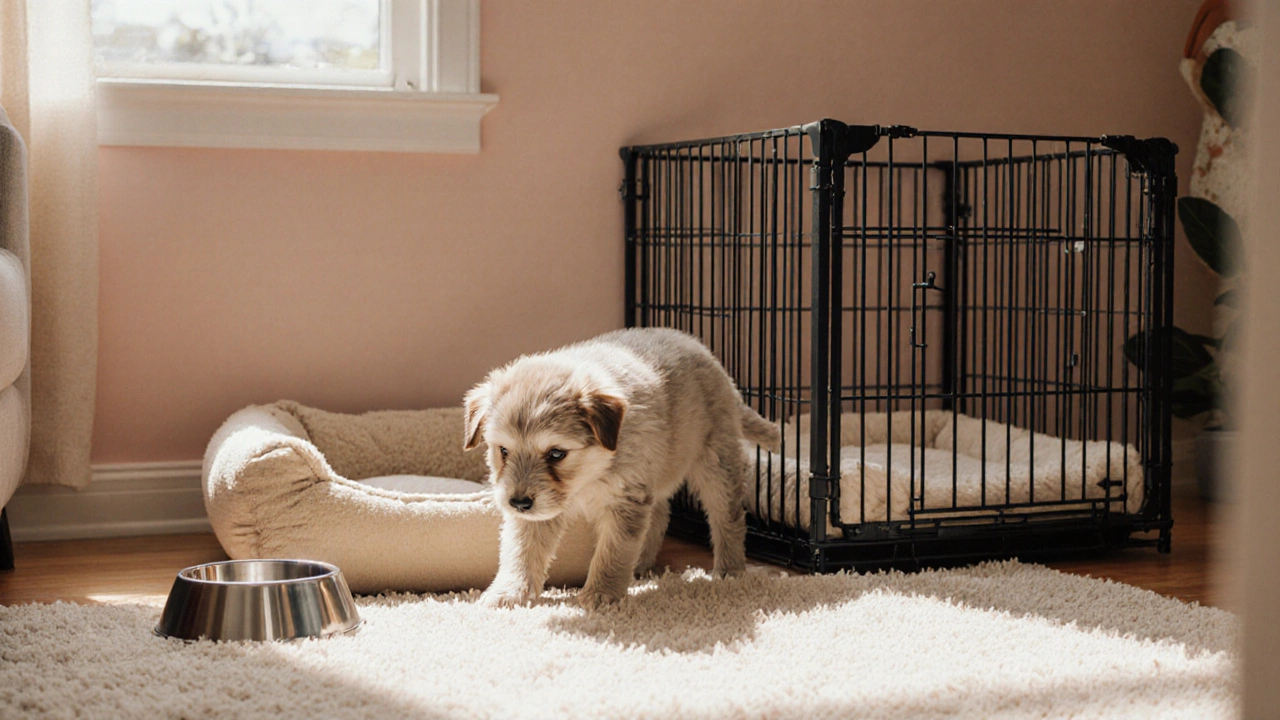Avoid Puppy Mistakes: Practical Tips for New Dog Owners
When it comes to avoid puppy mistakes, the first step is to know what those mistakes actually are. avoid puppy mistakes, recognising and correcting common errors that new puppy owners make. Also known as puppy pitfalls, it helps you prevent costly health issues and behaviour problems early on. puppy training, the process of teaching basic commands and good habits to a young dog is the backbone of mistake‑prevention, while puppy biting, the natural mouthing behaviour that can become destructive if unchecked often signals a lack of clear boundaries.
Avoiding puppy mistakes encompasses three core areas: consistent training, proper health care, and safe environment. Consistent training requires clear cues, timing and positive rewards – a simple formula that turns confusion into confidence. Proper health care means staying on top of vaccinations, deworming and nutrition; missing a shot can lead to preventable disease later. A safe environment includes crate training, supervising free‑roam time and eliminating chew hazards. In other words, avoid puppy mistakes requires training, nutrition, and supervision – three pillars that support a well‑rounded pup.
Common Puppy Mistakes and How to Fix Them
One frequent error is letting a puppy chew anything they can find. This often stems from a lack of appropriate chew toys and insufficient mental stimulation. Provide safe, durable toys and rotate them regularly – the novelty keeps interest high and teeth busy. Another mistake is skipping crate training or using a pee pad inside the crate overnight, which can confuse a puppy’s potty schedule. puppy crate training, teaching a puppy to view the crate as a secure den for rest and potty breaks works best when the crate is cozy, placed in a quiet spot, and introduced gradually with treats.
Vaccination oversights are also common. New owners sometimes delay shots because they think a healthy‑looking pup doesn’t need them. In reality, core vaccines protect against parvovirus, distemper and rabies – diseases that can strike fast and be fatal. Follow a vet‑approved schedule and keep records handy. Lastly, many owners let puppies free‑roam too early. Allowing unchecked exploration before the puppy has basic “stay” and “come” commands can lead to accidents or escapes. Wait until the puppy consistently responds to these cues, then gradually increase supervised free time.
Each of these topics appears in the articles below, offering step‑by‑step guides, real‑world examples and expert advice. Whether you’re curious about teaching “no”, choosing the right calming aid at the groomer, or figuring out when your pup can safely roam the house, the collection provides actionable insights you can start using today.
Now that you understand the key areas where mistakes happen, explore the posts to see detailed strategies for training, health, and happy living with your new companion.
Top Mistakes to Avoid When Bringing a Puppy Home
Discover the most common mistakes new owners make when bringing a puppy home and learn practical tips to avoid them, ensuring a smooth, stress‑free transition for your furry friend.
